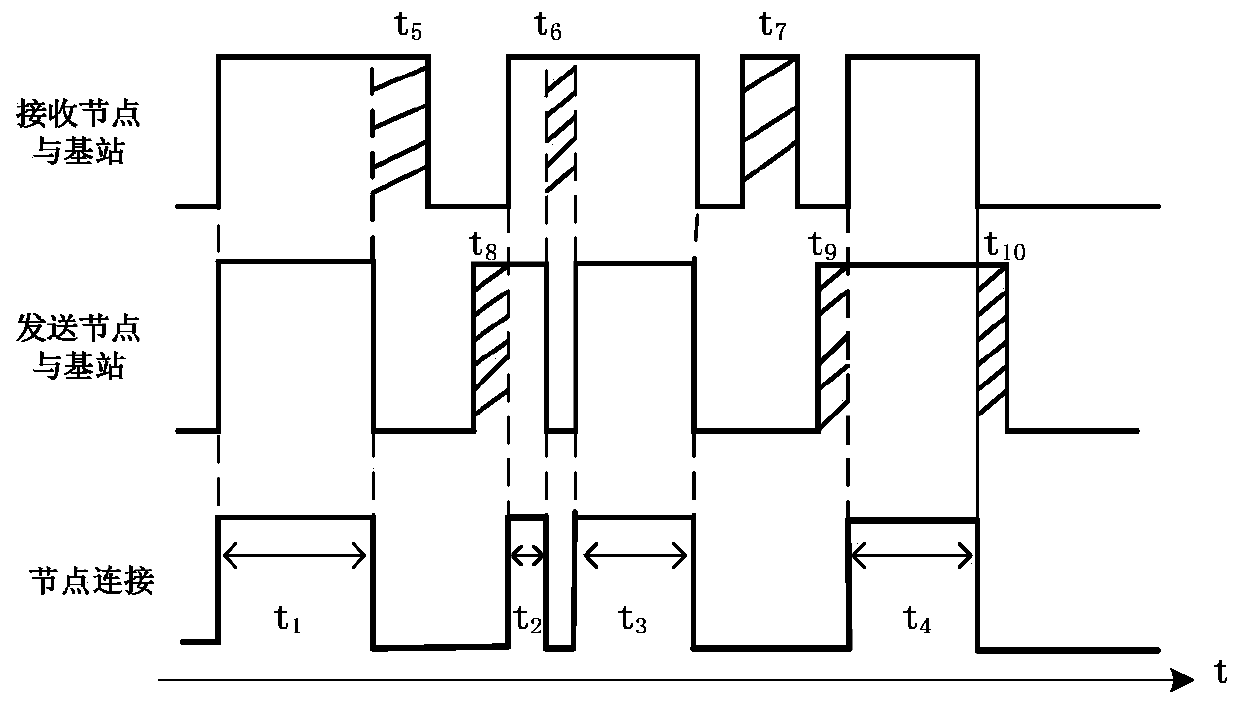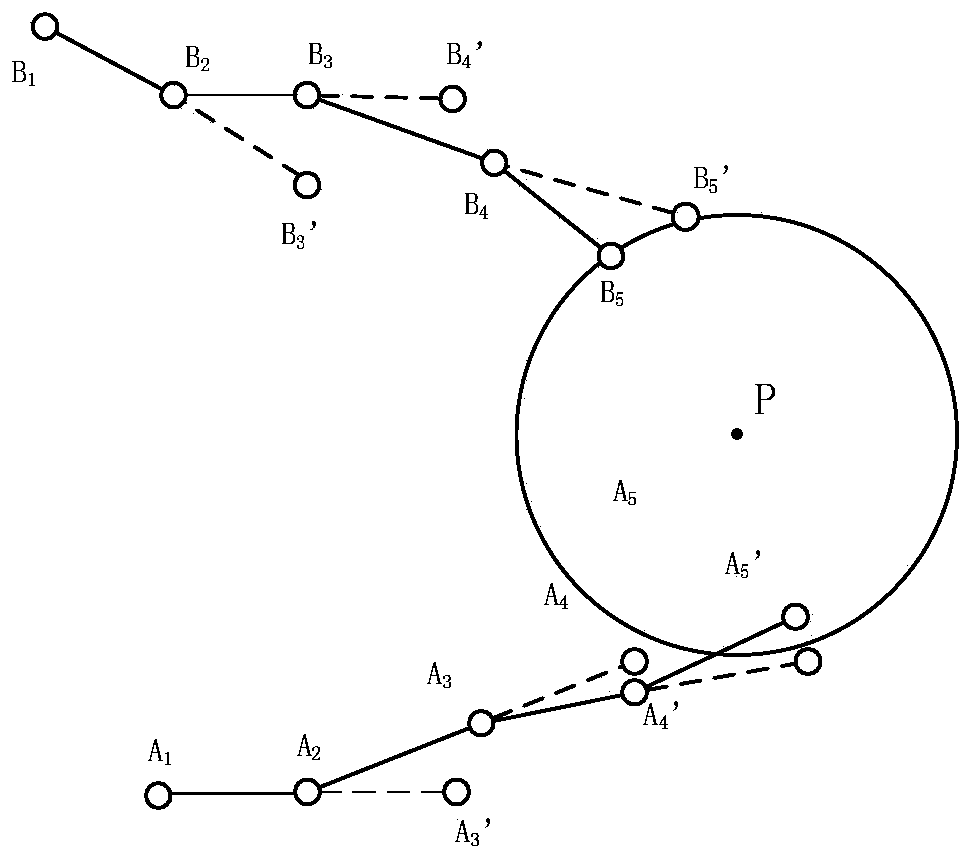An end-to-end communication method and system for a delay-tolerant network
A delay-tolerant network and communication method technology, applied in the field of end-to-end communication methods and systems, can solve problems such as connection interruption, inability to maintain communication status for a long time, topology changes, etc.
- Summary
- Abstract
- Description
- Claims
- Application Information
AI Technical Summary
Problems solved by technology
Method used
Image
Examples
Embodiment Construction
[0043] (1) Calculate the data transmission requirements between end-to-end
[0044] The data that needs to be interacted between end-to-end is mainly divided into: business data, time data, and location data. User data is determined according to specific business requirements, such as sensor data, voice data, image, and video data. Time data and location data can be collectively referred to as spatio-temporal data, which is the benchmark of business data, with outstanding importance and the highest transmission priority. For business data and spatio-temporal data, if the network is interrupted and the data cannot be transmitted, the node needs to be able to cache locally until the network connection is restored.
[0045] Due to the different communication methods between endpoints and the different business processes, there are different requirements for data transmission at different times. The transmitted data consists of location information, motion status and business dat...
PUM
 Login to View More
Login to View More Abstract
Description
Claims
Application Information
 Login to View More
Login to View More - R&D
- Intellectual Property
- Life Sciences
- Materials
- Tech Scout
- Unparalleled Data Quality
- Higher Quality Content
- 60% Fewer Hallucinations
Browse by: Latest US Patents, China's latest patents, Technical Efficacy Thesaurus, Application Domain, Technology Topic, Popular Technical Reports.
© 2025 PatSnap. All rights reserved.Legal|Privacy policy|Modern Slavery Act Transparency Statement|Sitemap|About US| Contact US: help@patsnap.com



